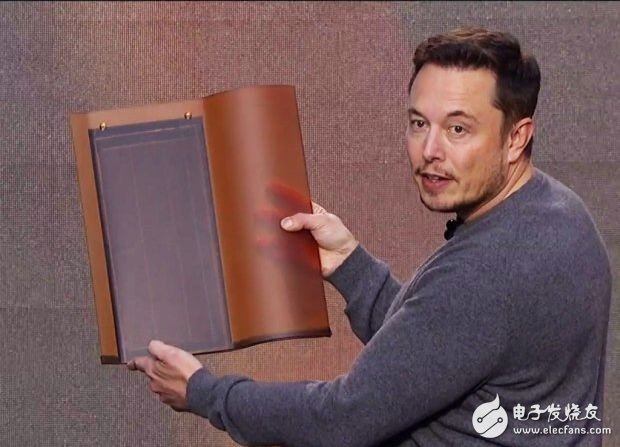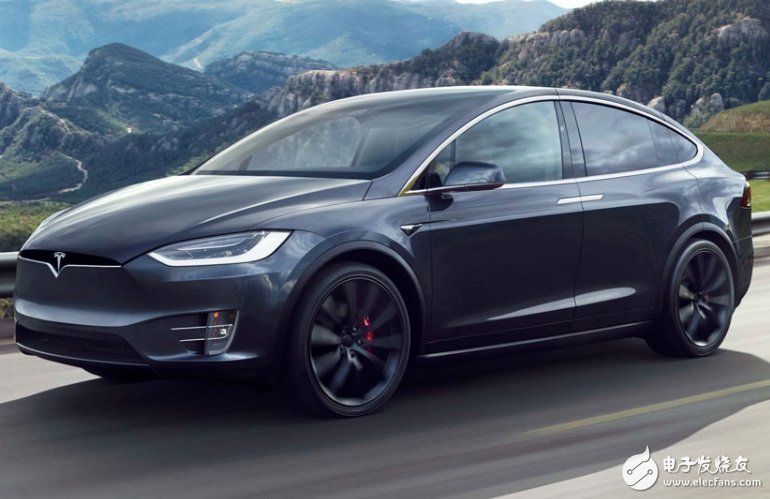Tesla, who is highly concerned about the world, is caught in a dilemma. On April 11th, it was reported that the famous investment bank Goldman Sachs advised customers to sell Tesla shares, and expressed concern that Tesla will not be able to achieve the Model 3 production target by the end of June. This consistently high-profile "Iron Man" Musk only made a very brief response: bet (extraordinary meaning: let go of the horse).

Deeply bankrupt
This is not the first time Tesla has been questioned. On the April Fool's Day, Musk announced that Tesla has gone bankrupt. I wanted to be active on April Fool's Day, but I accidentally played off. The counter effect is reached. Since then, the news reports about Tesla's impending bankruptcy and the doubts of all parties have come to the fore. Most experts believe that Tesla will face bankruptcy if it cannot achieve the production target of Model 3 by the end of June.
However, Tesla's three-quarter earnings report in 2017 showed that as of September last year, Model 3's cumulative shipments were only 222 units, a far cry from the target (1,500 units), and the gap between the orders and the 373,000 orders. It is desperate. As time went by, the production problem of Model 3 was not solved, but it became more and more prominent. As a result, most people who were optimistic about Tesla lost patience.
Is Tesla really going to fall? In a question, a news of "Tesla Solar Roof officially launched" has attracted the attention of Xiaobian. As the saying goes, the east side is not bright and the west side is bright. Can Tesla, who is gray-faced, regain a city in the photovoltaic world? Or even say, does solar energy save Tesla?
Solar energy save Tesla?
What? Tesla also sells solar roofs? Speaking of the relationship between Tesla and solar energy, we start with the acquisition of SolarCity by Tesla for $2.6 billion in August 2016. The Musk-led deal was opposed by shareholders of the two companies, but the merger was officially completed in November 2016. At that time, this group of people who were not optimistic about mergers may now become a lifeline for Musk. After all, if the global solar photovoltaic industry as a whole is good, if Tesla can achieve success in this field, then the company is in new energy. The plight of the car sector can also have a positive impact.
In October 2016, Tesla released two solar products, including Solar Roof and Powerwall 2.0, in Los Angeles, attracting a large number of people. The solar roof was produced by SolarCity and Tesla, and was pre-sold in June 2017 with a deposit of $1,000. Tesla's solar roof has been enthusiastically sought after by overseas people. It is reported that after a month of pre-sale, Tesla's 2018 solar roof capacity has been "sold out."

Earlier this year, Tesla announced that it began to produce solar roof tiles, which were customized for the roof of the user who had paid down the deposit last year. Recently, there have been media reports that the Tesla solar roof installation service, which has received much attention, has been officially launched. It is understood that the total cost of installing a solar roof and three sets of Powerwall household storage systems is about $100,000.
It is worth mentioning that Tesla's "solar roof + energy wall" product portfolio is not the same as the domestic common photovoltaic power station, similar to "photovoltaic power station + energy storage", belonging to the off-grid system. Domestic domestic photovoltaic power plants are generally connected to the national distribution network, and the excess electricity is directly sold to the grid after spontaneous use. Tesla's “Solar Roof + Energy Wall†system stores excess electricity into the energy storage system (energy wall). This is mainly due to the fact that overseas countries are sparsely populated and off-grid home PV power plants are more convenient and practical.
It seems that Tesla's solar roof is a wind and water, and it is expected to become another highlight of their business. As a result, Tesla seems to have a good prospect in the solar field. Can the Sun save Tesla when the Model 3 is in trouble?
The facts are not so simple, just like their new energy car products, the solar roof supply plan and mass production are also delayed. After the acquisition of SolarCity, the company's founders Peter Reif and Linden Reif both left. And after the acquisition, there are reports that SolarCity's solar installed capacity has shrunk. The existence of these things makes people aware that Musk does not seem to pay much attention to the solar business.

In any case, even if Tesla's solar roofs continue to be hot, their business in the solar field is just getting started, and its profitability is hard to predict. At least the price of a solar photovoltaic roof + energy wall system of Tesla is 100,000 US dollars (equivalent to 627,000 yuan), even if the whole system is 10KW. Capacity, even with an additional energy storage system, makes people feel that it is too expensive. Therefore, Tesla's "solar roof + energy wall" may be able to enjoy the heat for a while. Once other products with higher cost performance come out to compete, can their products continue to enjoy the fragrance?
So solar energy saves Tesla? No! Even if they can stand firm in the solar field, it is a problem. If there is no unequal trade control such as "201" or "301", Tesla's product competitiveness will be challenged by the products produced by China's PV companies.
However, when it comes to "201" and "301", the recent Sino-US trade war is estimated to make Tesla "eating".
Sino-US trade wars let Tesla advance and retreat
The recent Sino-US trade war has become a major global concern. Before the Sino-US trade war started, Tesla CEO Musk had "spit" the tariffs on Chinese imported cars from US President Trump. It can be seen that Tesla's technology to enter the Chinese market has not been greatly expected.
Data shows that China is Tesla's second largest market outside the US. Tesla's sales in China reached US$2 billion last year, with sales exceeding 20,000 units, accounting for 20% of its global sales, second only to United States. As China becomes the world's largest new energy vehicle market, Tesla's development in China is crucial.

However, with the escalation of Sino-US trade frictions, China was forced to counterattack. According to the decision of the State Council Tariff Commission on April 4, a tariff of 25% was imposed on 14 categories of 106 items such as automobiles originating in the United States.
This is tantamount to a blue sky for Tesla, which relies on the Chinese market. According to the previous 25% car tariff, the vehicle tariff will be adjusted to about 50% in the future. As a result, in the current development of China's new energy car companies, Tesla imported cars to China will be uncompetitive.
For Trump's "God's assists", Musk does not know whether he is satisfied or not. It is estimated that he is yelling at the "piggy teammates" at the moment. In any case, in the case of tariff adjustments, Tesla either simply gave up the Chinese market or chose to localize production in China to avoid tariffs. However, Musk does not seem to be flustered by the localization of production in China. He has previously refused to conduct localized production in China by means of joint ventures. As a result, Tesla fell into a situation of dilemma.
summary
If the capacity problem of Tesla Model 3 cannot be solved, it will face great difficulties, and even the sun will not be saved. As for which part of the Model 3 production line has gone wrong, there is no final conclusion. For this new energy industry close to the "myth", under the influence of multiple factors, a little careless, will really fall into a bankruptcy crisis, this time "Iron Man" Musk can turn the tide?
Snmp Card,Ups Monitoring,Remote Management Card,Simple Network Management Protocol
Shenzhen Unitronic Power System Co., Ltd , https://www.unitronicpower.com